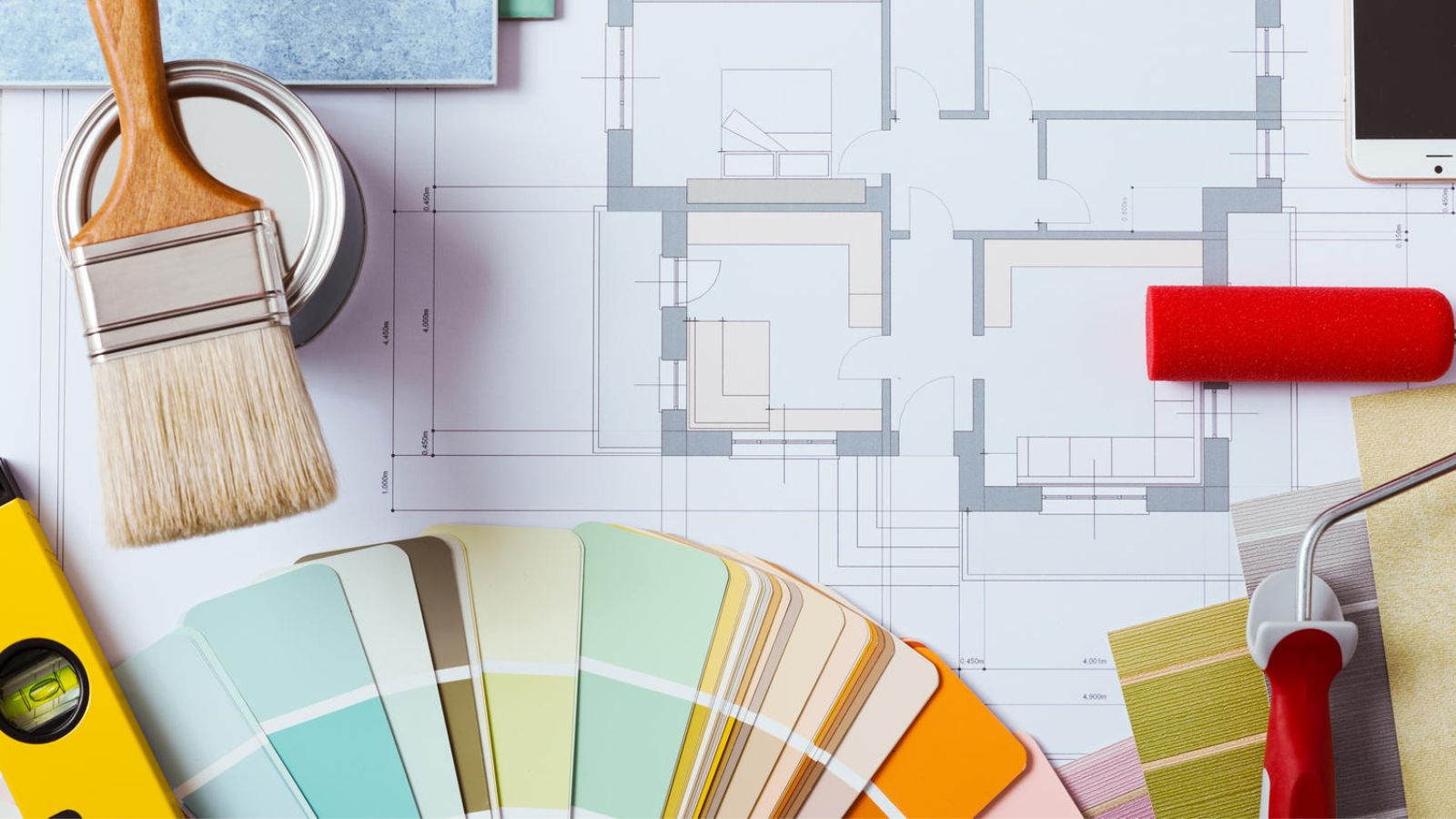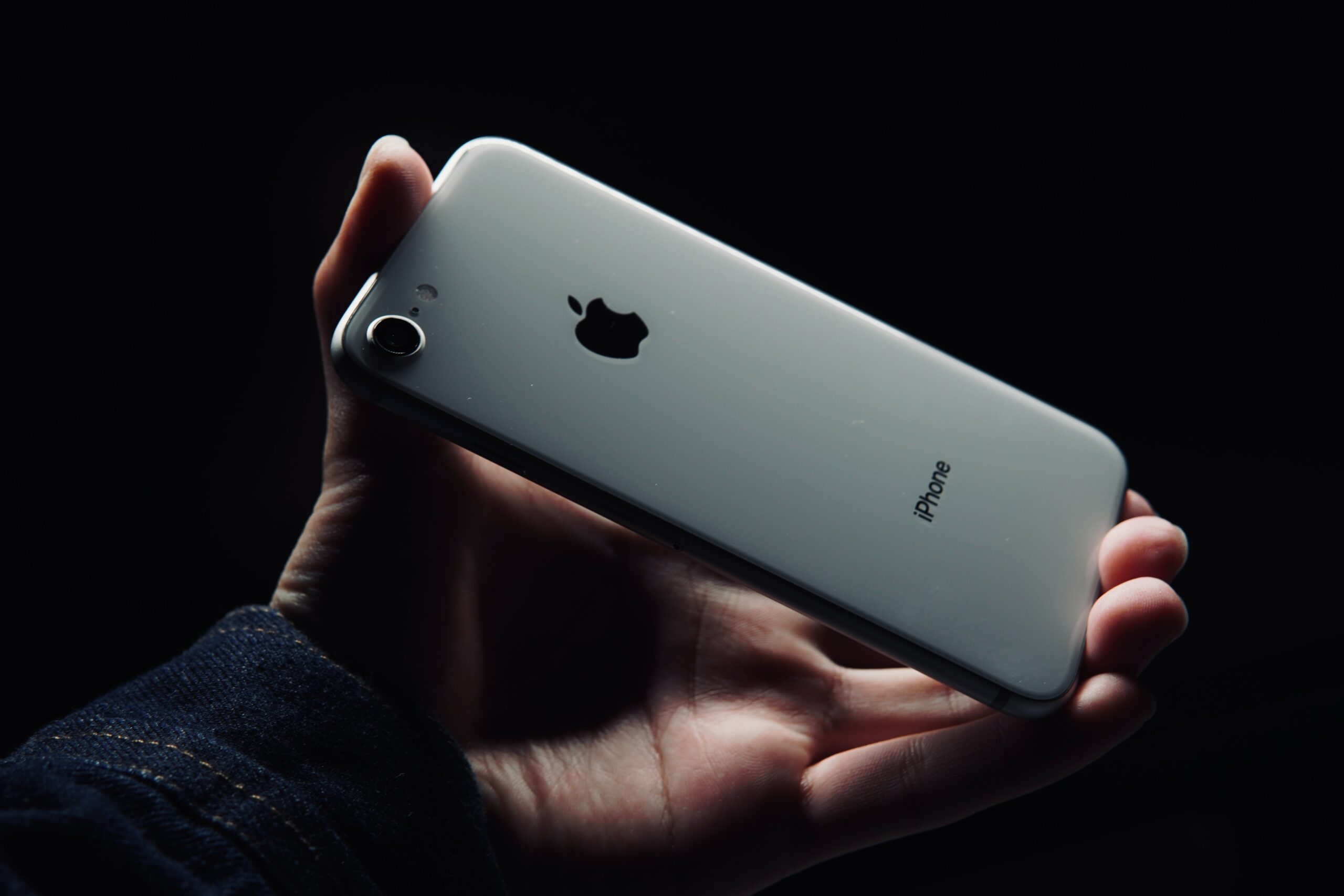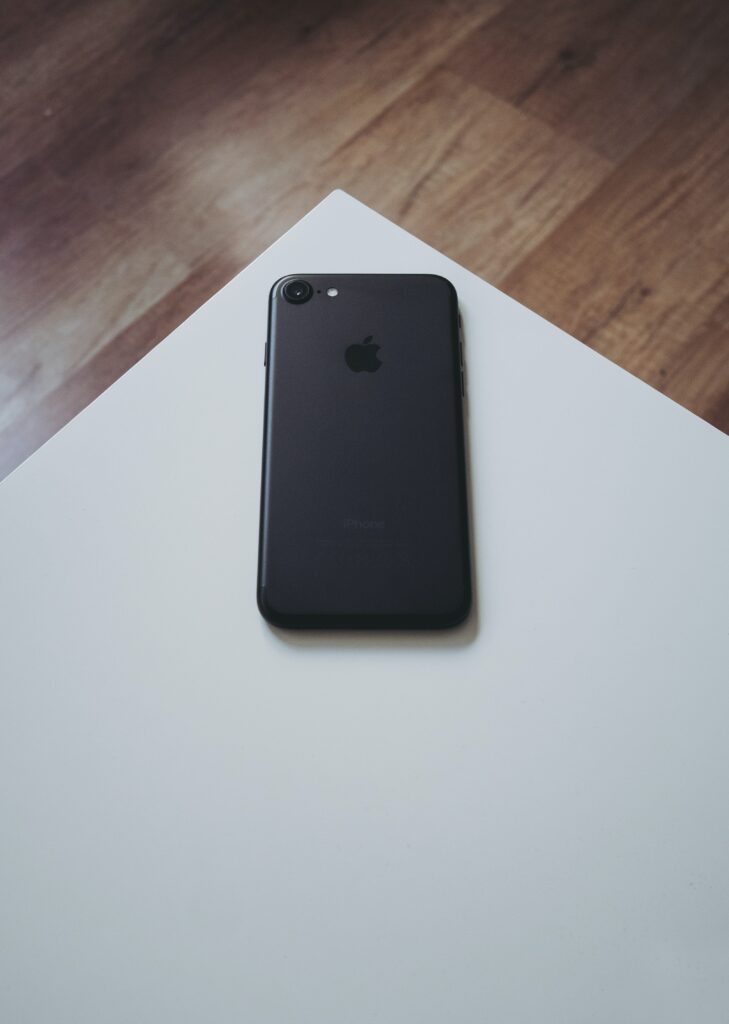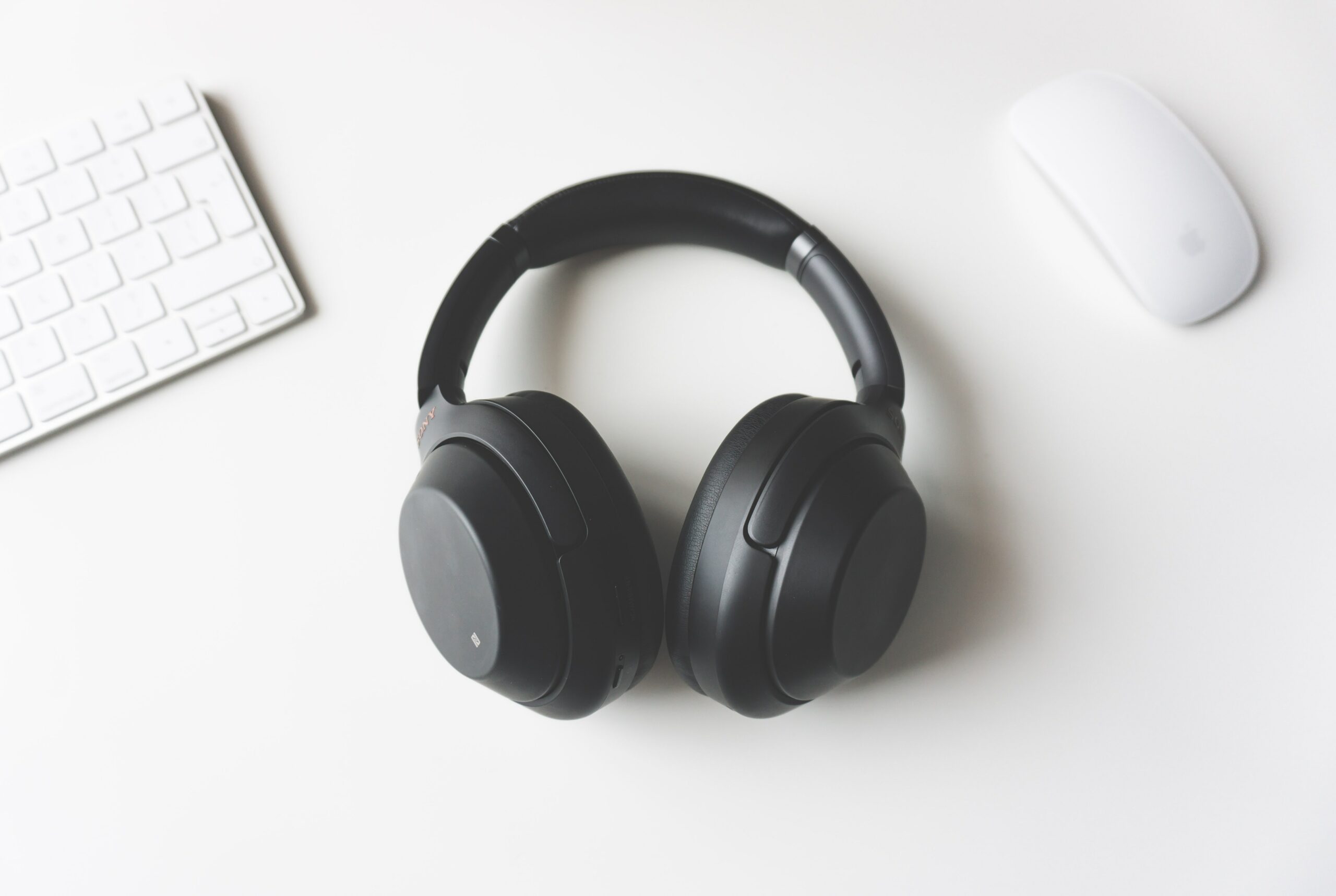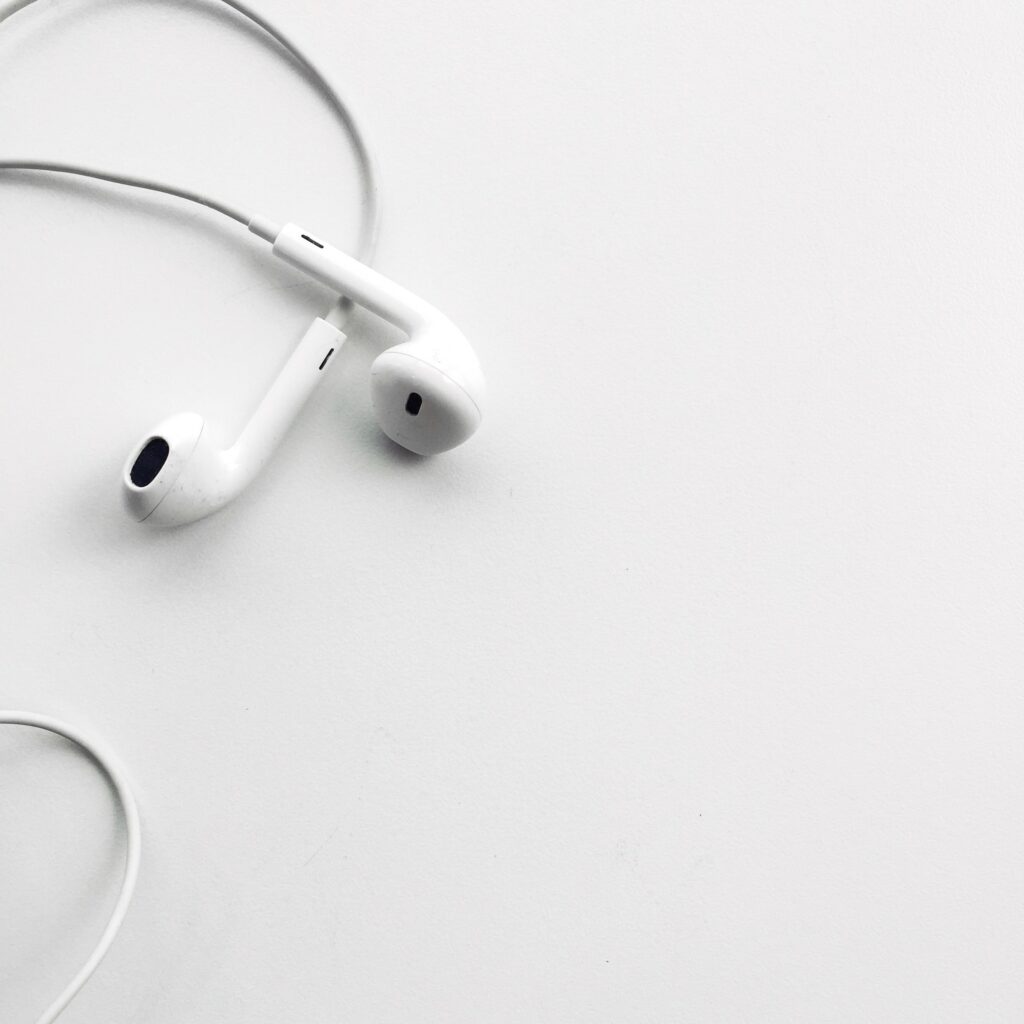With a variety of courses available, there’s something to suit every skill level. Whether you’re a beginner looking to understand the basics, or an experienced designer aiming to expand your expertise, online courses offer flexibility and accessibility. They’re designed to fit around your lifestyle, making it possible to learn at your own pace, in your own time.
Online Interior Design Courses
In the realm of e-learning, online interior design courses have carved a significant niche. They’ve democratised education in a field traditionally associated with high-end, physical learning environments.
Offering rich, varied content, these learn-at-your-own-pace courses are designed to appeal to both budding enthusiasts and seasoned professionals. They leverage cutting-edge e-learning methodologies and technology, providing an immersive learning environment that replicates, and oftentimes surpasses, the hands-on experience offered by traditional classroom-based instruction.
Several leading platforms are dominating this marketplace. Such platforms include Coursera, Udemy, and Skillshare, all of which feature courses developed by experienced and recognized experts in the field. These platforms provide learners with a diversity of choice in terms of course content. From mastering the basics of colour theory to sophisticated 3D modelling techniques, these platforms offer courses that cater to a multitude of skill levels.
The enrollment process for these platforms is often straightforward and streamlined. Students can simply select their desired courses, make the necessary payment, and begin learning instantly at their own pace. This convenience eliminates hurdles such as travel, class schedules, and geographic limitations, thus encouraging more people to delve into the world of interior design, regardless of their location or schedule.
Benefits of Online Interior Design Courses
The growth and acceptance of online interior design courses open up a new realm of possibilities for budding designers. Accessibility stands as one of the key benefits of these courses. Anyone with an internet connection can access high-quality education, regardless of their location or schedule. This universality levels the playing field, allowing a broader spectrum of students to delve into the world of interior design.
Online design courses also offer a wide array of options for students to choose from. Whether it’s a foundational course for beginners or an advanced course for experienced designers wanting to polish their skills, there’s something for everyone. Each platform, from Coursera to Udemy and Skillshare, develops its course content with experts from the industry, ensuring that the latest trends and techniques are at the student’s fingertips.
Another significant benefit is the cost-effectiveness of online courses. Traditional design courses often come with hefty price tags and additional hidden costs. However, online platforms provide quality content at mostly lower prices, making education in interior design more affordable. Some platforms even offer financial aid or free access to certain course materials.
Online courses are self-paced, which means students can learn at their own speed and comfortably fit learning into their schedule. This flexibility allows them to balance their studies with other commitments, such as part-time jobs or family responsibilities. The ability to rewind and rewatch lessons also aids in better comprehension and learning.
Choosing the Right Online Course for You
In the vast ocean of e-learning platforms offering online interior design courses, picking the one that suits you can be challenging. So, it’s crucial to determine your needs, interests, and career goals before you dive in.
Identifying Your Needs and Goals
First and foremost, do a self-evaluation. Why do you want to take an online course? If enhancing your professional skills is the goal, look for courses that offer globally recognized certifications. For those dabbling for fun or personal growth, the emphasis might be more on creative techniques and less on formal accreditations.
Assessing Course Contents and Quality
Aside from the end goals, examine the course’s content and quality. Remember, not all courses are created equal. Check if the course is developed by industry professionals and has positive reviews. A detailed, comprehensive curriculum ensures the course is worth your time and money.
Course Flexibility and Duration
Another factor to consider is the course’s flexibility and duration. If you’re balancing studies with a job or other commitments, you’ll appreciate a self-paced course. Check the time frame given to complete the course.
Cost and Value for Money
Lastly, consider the cost. If you’re working on a tight budget, you’ll be pleased to know there are many affordable, quality courses out there. Always compare the course’s cost with its delivered value before you make a choice.
